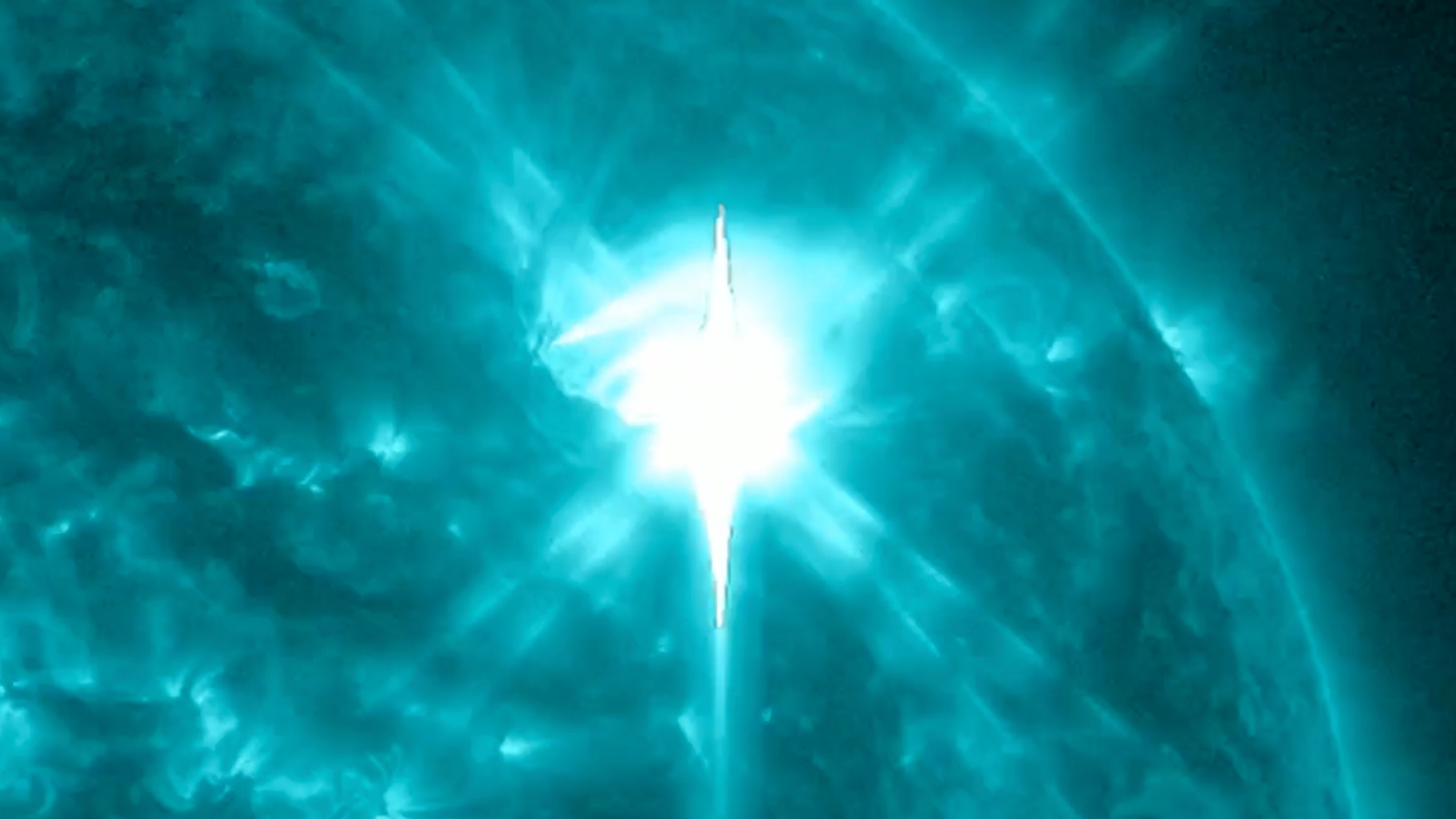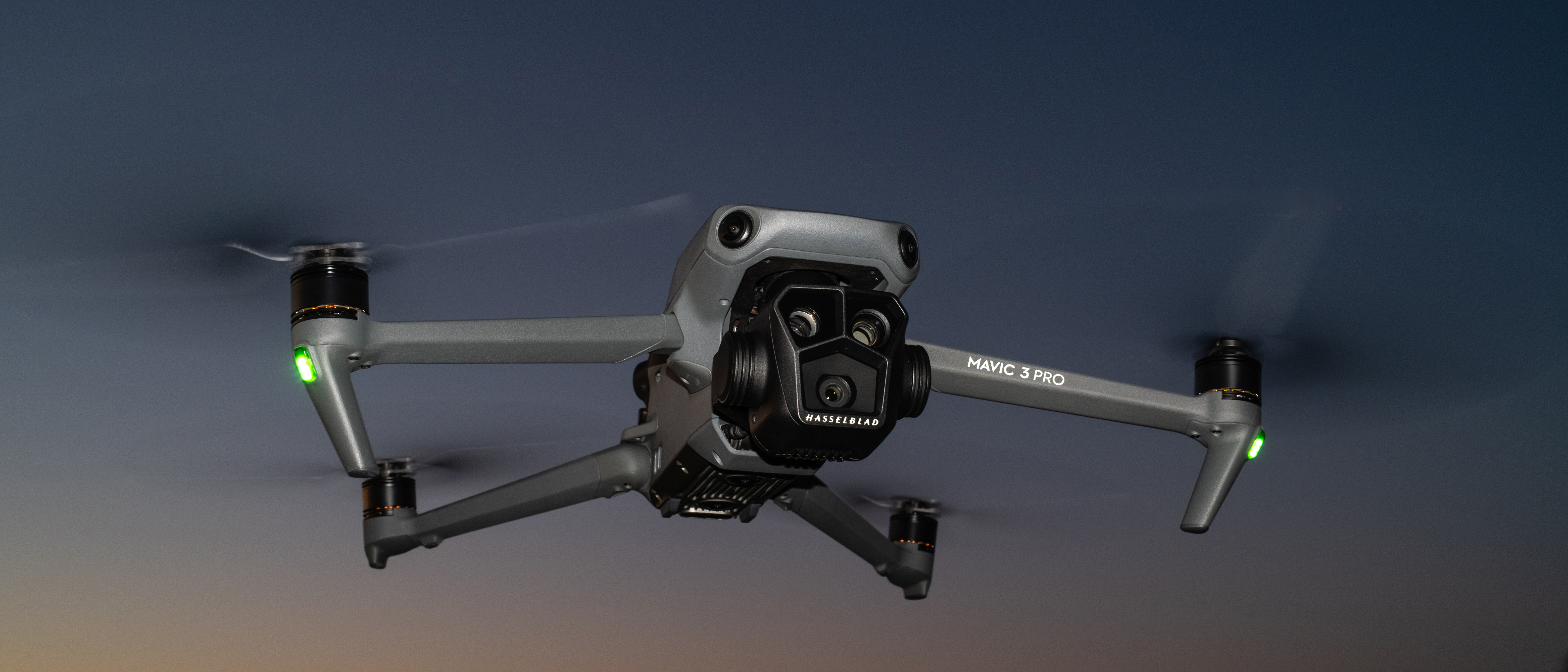Sun unleashes X-class solar flare, radio blackouts reported (video)
Sunspot region AR3663 fires up again, adding another eruption to its growing list since last week.
A recently detected sunspot region continues its active pattern with yet another powerful solar flare reported early Monday morning.
The X4.5 solar flare peaked at 2:35 a.m. EST (0635 GMT) on May 6. Following the flare, parts of some of Earth's sunlit side had temporary or complete loss of high frequency (HF) radio signals including across Asia, eastern Europe, and eastern Africa. This comes after a series of previous eruptions from the active sunspot that began at the beginning of the month and brought shortwave radio blackouts across Australia, Japan and much of China.
According to NOAA's Space Weather Prediction Center (SWPC), the most recent eruption happened early this morning (May 2) and at the most powerful category flare, X-class.
Related: Solar cycle: What is it and why does it matter?

Solar flares categorized by their strength, starting at the B-class which are the weakest and up to the strongest, the X-class. There are four classes and each one increases in energy by ten times; so the strength of an X would be 1000 times more powerful than a B.
In addition, each flare gets an associated number which pertains to its relative strength. The most recent flare was an X4.5 which also corresponds with an "R" scale for radio blackouts that ranges from one to five. The higher up on the scale you go, the larger the effects we have on Earth. For an R3 like early this morning, it's categorized as "strong" and we typically average about 175 per cycle (with one cycle lasting for 11 years).
According to a statement from the SWPC, both regions 3663 and 3664 have the potential to stay busy through May 8. Moderate to high levels of solar activity are expected with an increased likelihood for more flares in the top two classes, M and X.
Breaking space news, the latest updates on rocket launches, skywatching events and more!
Scientists will also continue to monitor if there was a coronal mass ejection (CME) from the eruption, a large expulsion of plasma and magnetic field from the sun, which could bring additional impacts to Earth in the coming days including issues with power grids, telecommunication networks, and to satellites in orbit.
Interestingly enough, solar physicist Keith Strong noted in a post on X that there was also a weak geomagnetic storm early Monday morning but it's "too soon" to determine if there was any correlation with the solar flare.
Join our Space Forums to keep talking space on the latest missions, night sky and more! And if you have a news tip, correction or comment, let us know at: community@space.com.

Meredith is a regional Murrow award-winning Certified Broadcast Meteorologist and science/space correspondent. She most recently was a Freelance Meteorologist for NY 1 in New York City & the 19 First Alert Weather Team in Cleveland. A self-described "Rocket Girl," Meredith's personal and professional work has drawn recognition over the last decade, including the inaugural Valparaiso University Alumni Association First Decade Achievement Award, two special reports in News 12's Climate Special "Saving Our Shores" that won a Regional Edward R. Murrow Award, multiple Fair Media Council Folio & Press Club of Long Island awards for meteorology & reporting, and a Long Island Business News & NYC TV Week "40 Under 40" Award.
